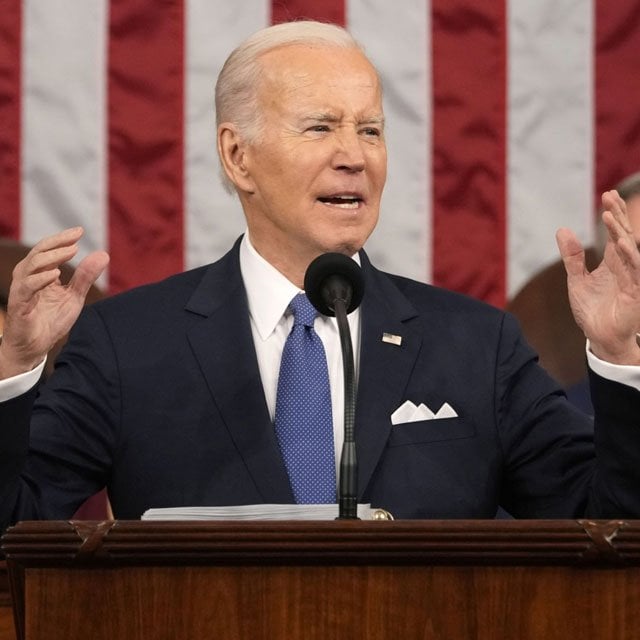Biden Budget Declares War on Supersized IRAs

What You Need to Know
President Joe Biden’s budget proposal takes aim at loopholes used by wealthy taxpayers to accumulate large Roth IRAs.
Such accounts have been the subject of Democratic lawmakers’ scrutiny for several years, but changing the rules has proven to be difficult.
Policy experts say Biden’s budget is likely dead on arrival in the House but will represent a jumping-off point for upcoming negotiations.
This week, President Joe Biden released a proposed federal budget that would raise taxes on the wealthiest Americans to help address the solvency of key federal government entitlement programs such as Medicare and Social Security.
Much of the public interest thus far has been drawn to the president’s proposal to hike payroll taxes on Americans making over $400,000 per year and allowing the government new power to negotiate drug prices — all part of an effort the White House says will extend the solvency of a key Medicare program for another quarter century.
For financial advisors working with clients focused on retirement, however, others parts of the proposal are generating significant interest, particularly a provision that appears intended to eliminate so-called “mega backdoor Roths.”
As detailed in a White House fact sheet released on Thursday, the budget would stitch up certain loopholes that let billionaires exploit middle-class retirement savings incentives.
“Tax breaks for retirement savings are supposed to help middle-class workers put a little aside for the future,” the fact sheet states. “But some billionaires have used a loophole in the law to accumulate tens of millions of dollars in tax-favored retirement accounts — far in excess of what’s needed for retirement security — and never taking distributions from those accounts.”
To address this situation, the budget proposal would limit the amount taxpayers with incomes over $400,000 can hold in tax-favored retirement accounts, and it includes what the White House calls “other safeguards to prevent abuse of these accounts by some of the nation’s wealthiest individuals.”
The proposal does not provide further details on which regulations it would change and how. But according to the White House, these reforms will save $23 billion.
Beating Down the Mega Backdoor
Washington watchers in the advisory industry will find this part of the budget proposal to be familiar, as Democratic lawmakers in Congress have been striving for several years to eliminate the ability of the wealthiest Americans to amass supersized accounts through strategies like mega backdoor Roth conversions.
In basic terms, a backdoor Roth IRA conversion involves making an after-tax contribution to a traditional IRA and then converting that amount to a Roth IRA, creating a “back door” for investors whose income is too high to make a direct Roth contribution.
Individuals with a 401(k) plan can take this a step further using the “mega backdoor Roth” strategy. Once an employee maxes out their pretax 401(k) contributions for the year — the limit is $22,500 in 2023 — their employer may allow them to contribute after-tax money to the account. Individuals may be able to make up to $66,000 per year in total pre-tax and after-tax 401(k) contributions.
In the ideal scenario, an individual would contribute up to the maximum allowed in after-tax contributions, then do an in-service withdrawal as a rollover to a Roth IRA. The best scenario is if their plan allows these in-service withdrawals at any time or any age, giving the tax-sheltered money many years to appreciate within the Roth account.
“Clients can roll over tens of thousands of dollars a year from a 401(k) to a Roth IRA if the plan is properly set up,” Jamie Hopkins of Carson Group explained in a ThinkAdvisor article. “They can even set up a plan in such a way so the entire [annual contribution] is after-tax money that’s distributed to a Roth IRA each year with minimal tax implications.”




